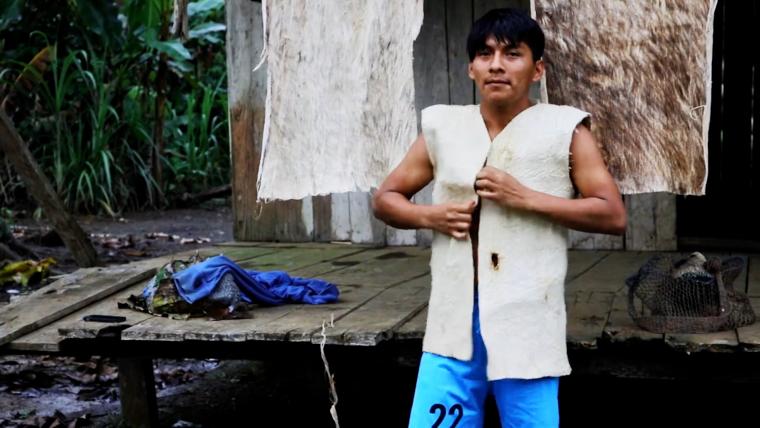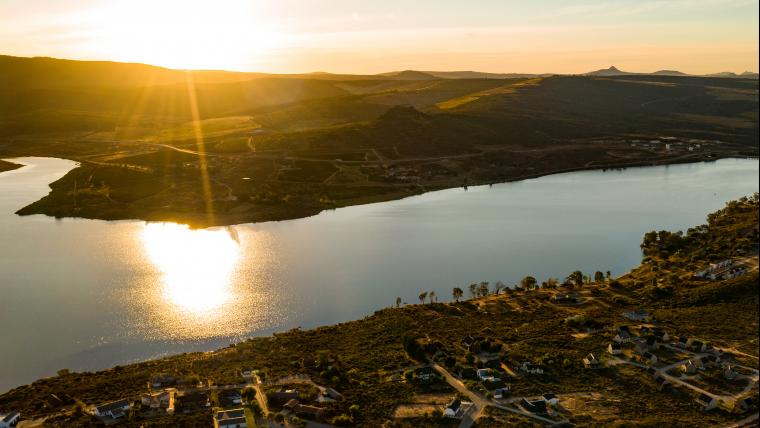
How clothes made from trees are challenging the fast fashion industry
In an increasingly globalised world, indigenous knowledge is at risk of disappearing. Before commercial clothing reached the Amazon, Sápara people made their own fabric from trees. But today, they are losing their traditions. It’s estimated that only 600 Sápara people remain in Ecuador. Filmmaker Lenin Montahuano, known as Yanda in Sápara, is working to revive and share his community’s wisdom. “The boom of the fast fashion industry meant that my people began to forget about the history of how we used to make clothes,” Montahuano says. With his short documentary, he is preserving indigenous knowledge for generations to come.
Montahuano is the founder of TAWNA, an Amazonian-based film production company. As an indigenous rights activist, he advocates for traditional practices that protect the Earth. Sápara people have made clothing from trees for hundreds of years. They create fibres by stripping the bark from llanchama trees and soaking it in water overnight. It’s then beaten hard enough to soften, but gentle enough so as to not break it. The fibre is transformed into wearable fabric after it is left in the sun to dry. Montahuano’s documentary, Sápara Clothing: A Tradition in Danger, is revealing these methods to ensure youth in particular preserve it. “By telling people’s stories through film, younger generations are able to access knowledge,” Montahuano says.
Sápara people have established their customs in relative isolation from the world, and continue to foster a connection to the natural environment. As the globe becomes more commercialised, they are retaining their roots to restore sustainable ways of living.
Footage by TAWNA Films was used in the creation of this film.






























Please sign in to leave a comment